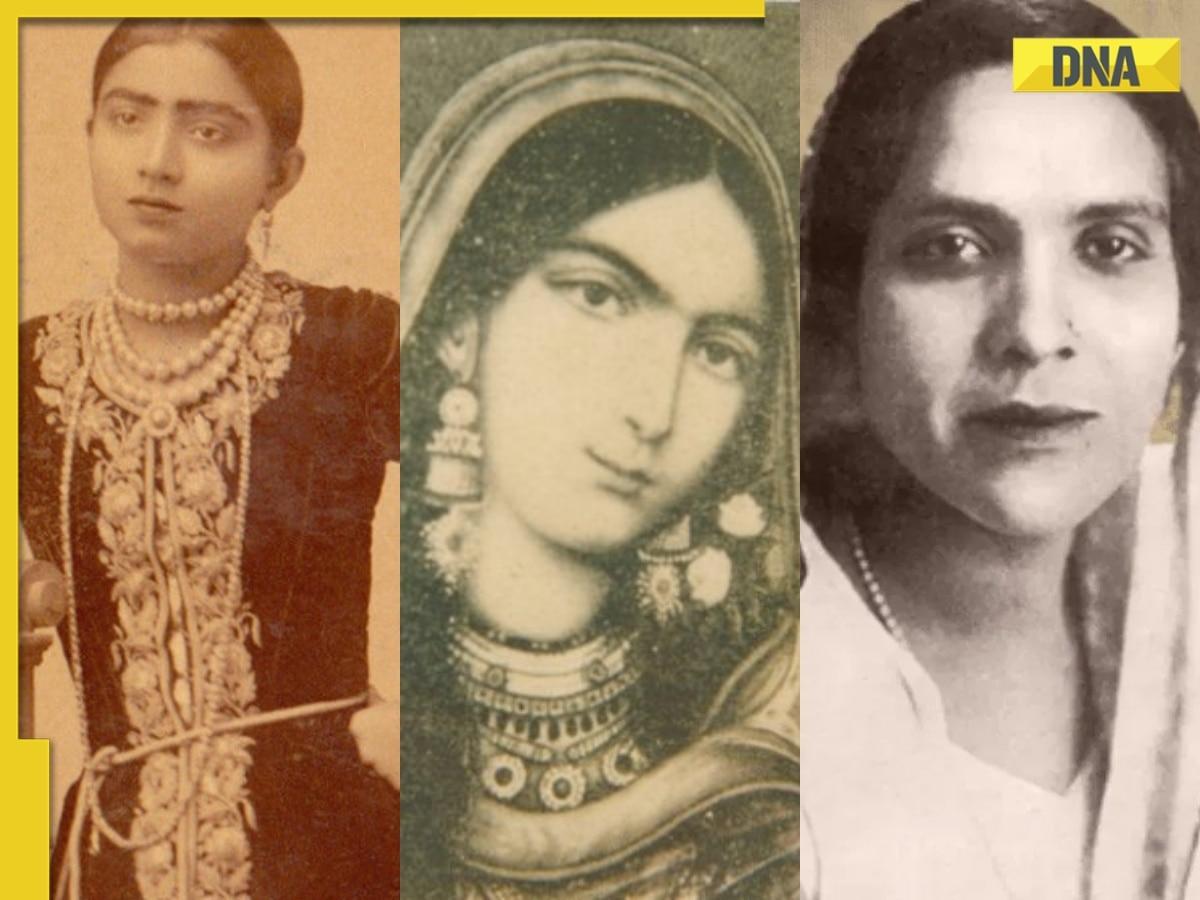
The grand narrative of Heeramandi’s elegant courtesans comes to life in Sanjay Leela Bhansali’s grandiose debut series on Netflix, entitled ‘Heeramandi: The Diamond Bazaar’. Set against the backdrop of the historical red-light district in Lahore, now part of present-day Pakistan, this series delves into the opulent and cultured world of the tawaifs—the celebrated courtesans whose existence was far more than what meets the eye.
In the annals of India’s rich history are the tales of these tawaifs or, as the British colonists referred to them, nautch-girls—dancers and artisans who dominated the cultural and social scenes of their time. These women were not mere entertainers; they were intellectual powerhouses, entrepreneurs, and trendsetters that defied the societal norms. Excelling in music, dancing, poetry, and multilingual communication, they were the embodiment of grace and education, often commanding incomes that far surpassed those of men—a stark contrast to the prevailing gender norms of their era.
These tawaifs captivated the hearts of royalty, noble aristocrats, and even colonial officers who fervently sought their company. Their exquisite skills ensured them a place in royal courts, where their influence bloomed, and some became among the highest taxpayers in the land. In fact, their earnings, remarkably at times, eclipsed what modern-day superstar actresses make per film.
Gauhar Jaan, an iconic figure among the tawaifs, made history with her performances, which commenced in the royal court of Darbhanga Raj in 1887. As a court musician, she traveled across India, inspiring audiences with her artistry, and emerged as the first crorepati (millionaire) singer of the country. To illustrate her financial prowess, Jaan commanded a fee of Rs 3000 per one record during times when 10 grams of gold was valued merely at Rs 20—the modern equivalent of earning around Rs 1 crore per song. Between 1902 and 1920, her voice was immortalized in close to 600 recorded songs in over ten languages.
Another tale is that of Begum Hazrat Mahal, born in 1820, who transitioned from a life initially sold into the rigor of the tawaifs to becoming the respected Begum of Awadh, after rising within the ranks of the royal harem. Her performances, often rewarded in gold coins, drew crowds entranced by her beauty and elegance.
The lineage of influential courtesans includes Jaddanbai Hussain, renowned not just for her cultural contributions but also as the mother of the legendary actress Nargis, and Sanjay Dutt’s grandmother. Her powerful musical talent surpassed even that of her mother, Mia Jaan. A sought-after performer, Jaddanbai’s prowess led her to the courts of princely states such as Rampur, Bikaner, Gwalior, and others, where she performed to the elite, who indulged her every demand with generous remunerations.
The knowledge of tawaifs’ lives, removed from the simplistic view often painted by history, challenges preconceptions. Bhansali’s ‘Heeramandi: The Diamond Bazaar’ does not merely revisit the tales of these legendary women—it serves as a luminescent portrait of their grandeur, influence, and the unmatched legacy they have bequeathed upon the cultural fabric of India. These courtesans reigned in a world where their artistic and intellectual might brought them wealth and status, marking a chapter in history as rich and complex as the art they practiced so impeccably.












